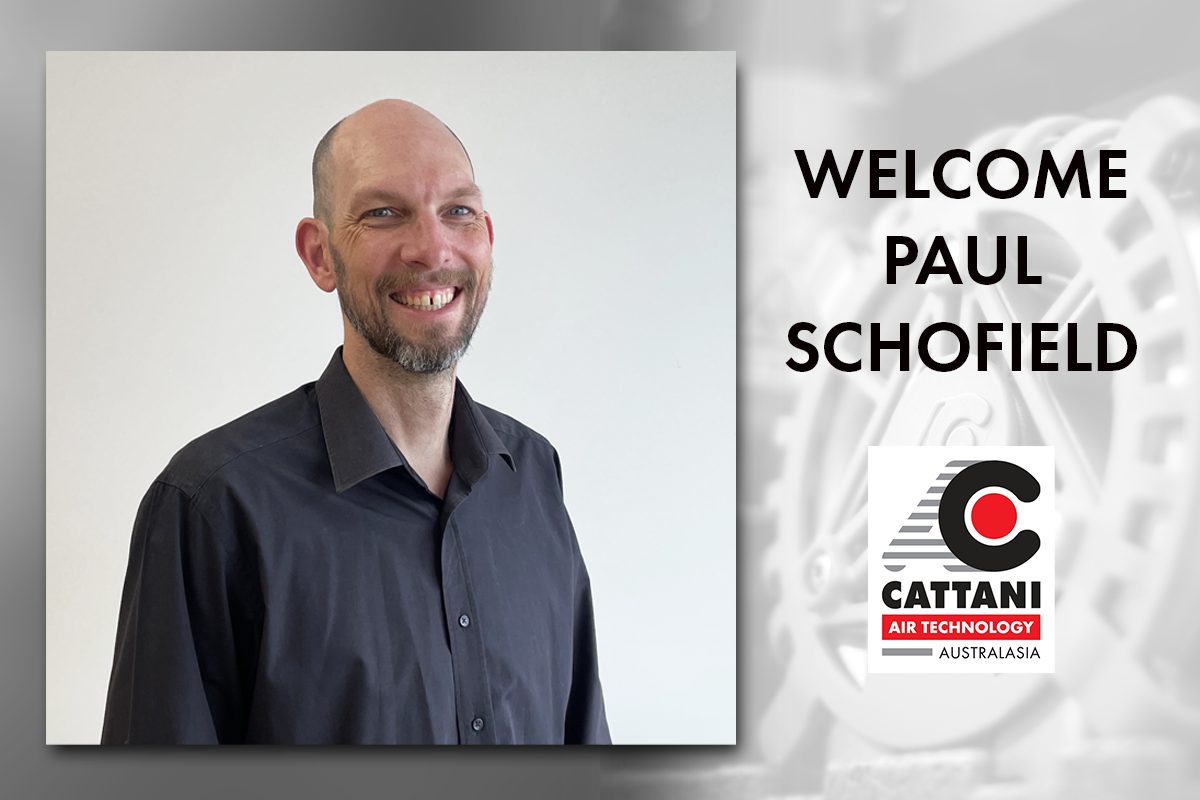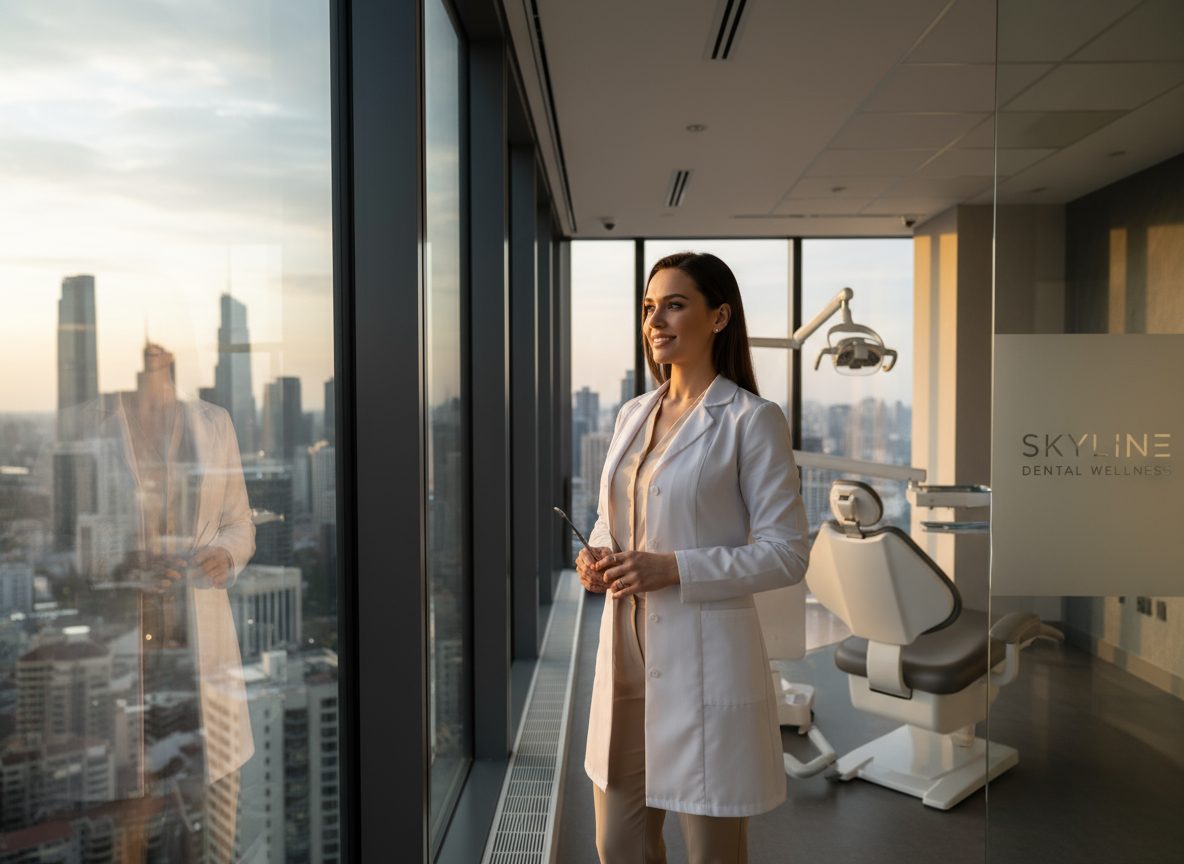Breaking the Cycle of Dental Fear: How Noise Reduction Makes a Difference
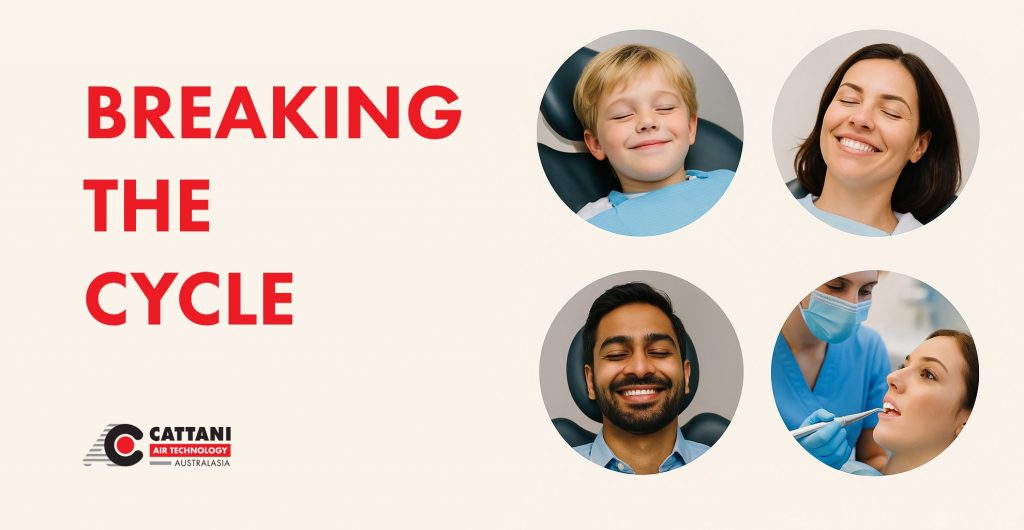
Introduction
Dental anxiety is widespread in Australia, affecting approximately one in six adults and about one in ten children. Among certain sub-groups, such as middle-aged women, prevalence may be as high as one in three. Around 5% of the population experience dental phobia severe enough to significantly impact daily life (Armfield, 2010; Armfield, Spencer & Stewart, 2006).
Anxiety is strongly linked to sensory and perceptual triggers. Patients often report heightened fear due to loud or unfamiliar noises, invasive procedures, unpredictable dental experiences, and the lack of control when placed in a reclined position. These inherent features of the dental environment contribute to feelings of helplessness and intrusion, which may directly trigger or exacerbate dental anxiety (Armfield & Heaton, 2013).
Left unaddressed, these fears can establish a ‘vicious cycle of dental fear,’ where avoidance of visits leads to worsening oral health problems. The resulting need for more complex and potentially traumatic treatment reinforces fear, perpetuating continued avoidance. In Australia, about 40% of people with high dental fear are thought to fit this cycle profile (Armfield, Stewart & Spencer, 2007; Armfield, 2013).
Noise as a Trigger
Noise is a well-documented trigger for dental anxiety. In a UAE-based study, noise levels from dental tools ranged from 72 dBA to 87 dBA, with high-speed drills and ultrasonic scalers producing the loudest sounds. Nearly 60% of adults reported feeling “annoyed” to “extremely annoyed” by such noises, while more than 70% of young patients shared the same response. Importantly, 23% of men, 33% of women, and 34% of children identified noise as the most unpleasant aspect of their dental experience (Elmehdi, 2010). These findings align with earlier reports that dental noise, particularly from drills, can be perceived as more unpleasant than pain itself (Al-Omari & Al-Omari, 2009).
Perceptions of noise can also amplify dental fear, sometimes more strongly than pain history. For some patients, the sound environment—unpredictable, high-pitched, and intrusive—serves as a more potent anxiety cue than past negative dental experiences (Armfield, Slade & Spencer, 2008).
Evidence suggests that women and children are particularly vulnerable to noise-related triggers. In the UAE study, female patients were more likely than males to rank noise as the most unpleasant part of treatment, and children consistently rated noise second only to pain as a reason to avoid dental care (Elmehdi, 2010). These patterns highlight the importance of targeted management strategies in these groups.
Consequences for Patients and Practices
The consequences of noise-related anxiety extend beyond discomfort and can affect both patients and dental practices:
- Avoidance of Care
Patients distressed by noise are more likely to delay or avoid appointments, which contributes to poorer oral health outcomes. - Cancellations and No-Shows
Fearful patients frequently cancel or fail to attend scheduled visits, complicating practice scheduling and increasing operational costs. - Increased Chair Time
Those who do present often require more time in the chair and may exhibit behavioural difficulties, making treatment more demanding. - Stress for Clinicians
Managing dentally anxious patients can create stressful interactions for both the patient and the dental practitioner. - Reinforcement of the Anxiety Cycle
Avoidance leads to worsening oral health, requiring more invasive treatment. This in turn amplifies fear and perpetuates the cycle of dental anxiety (Armfield & Heaton, 2013).
Cattani Quiet Solutions
Reducing environmental noise is one of the most effective ways to ease dental anxiety in clinics. Cattani offers a range of quiet solutions, from compressors and suction systems to acoustic housing and chairside accessories, designed to create a calmer treatment environment.
Q Series Compressors
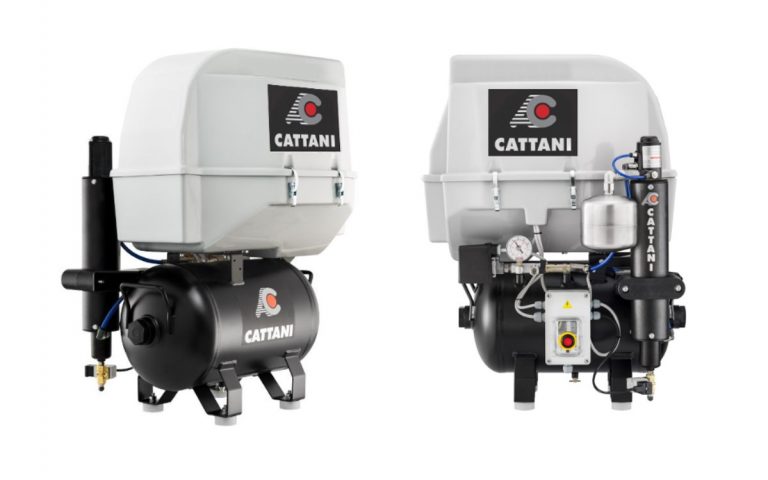
Cattani’s Q Series compressors are designed with hoods specifically engineered for reduced noise output, making them an excellent choice where compressors are located close to surgeries. For example, the AC200Q operates at just 63 dB(A), while larger CAD/CAM Q models also deliver significantly quieter performance compared to standard units.
SMART Cube Suction Systems
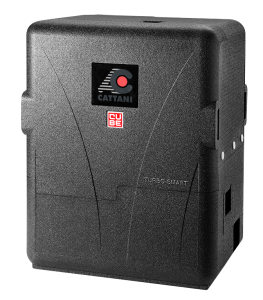
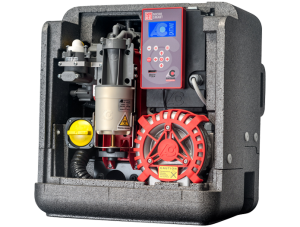
The SMART Cube range incorporates advanced acoustic housing that cuts perceived noise levels by up to 50%. This innovative design not only creates quieter plant rooms but also lowers operating costs through inverter technology and compact engineering.
Acoustic Housing for AC100–300
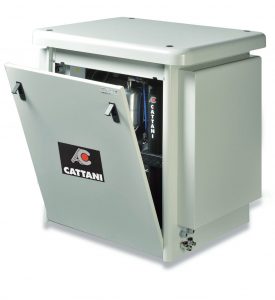
For smaller compressors, the K-010800 acoustic cabinet is designed with electro-galvanised metal plate and epoxy-polyester powders to provide a complete weatherproof, temperature-controlled and acoustic solution. It reduces compressor noise to as low as 50–51 dB(A).
High Volume Evacuator (HVE) Tips
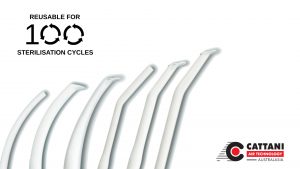
Noise can also be minimised at the chairside. Cattani’s HVE Tip #17 features a low-noise design, ensuring quieter operation during high-volume aspiration while maintaining effective spray interception. Other tips such as HVE #22 include a design that reduce sound vibration.
Plant Room Layout Considerations
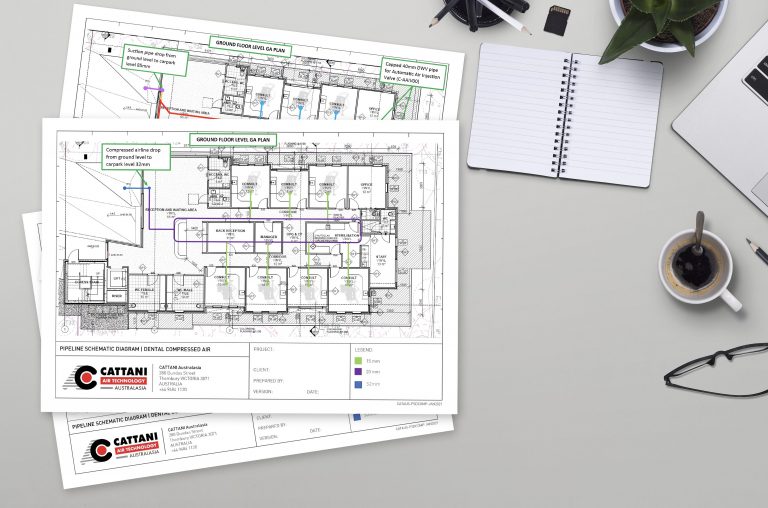
Proper planning of plant room location is essential. Locating the plant room close to surgeries avoids excessive pipeline lengths that can affect suction performance. Ideally, plant rooms should be on the same level or below the dental chairs, with some clinics opting for air-conditioned plant rooms to further protect equipment and minimise environmental noise. Read more about plant room layout here.
Cattani is partnered with a network of trusted distributors who can assist you with a range of quiet solutions. Visit www.cattani.com.au/distributors to find your local dealer who can help you directly.
References
Al-Omari, W. M., & Al-Omari, M. Q. Anxiety in Dental Clinics in the UAE. 2009.
Australian Research Centre for Population Oral Health. Dental Fear and Anxiety: Information for Dental Practitioners. The University of Adelaide, 2016.
OTHER STORIES


